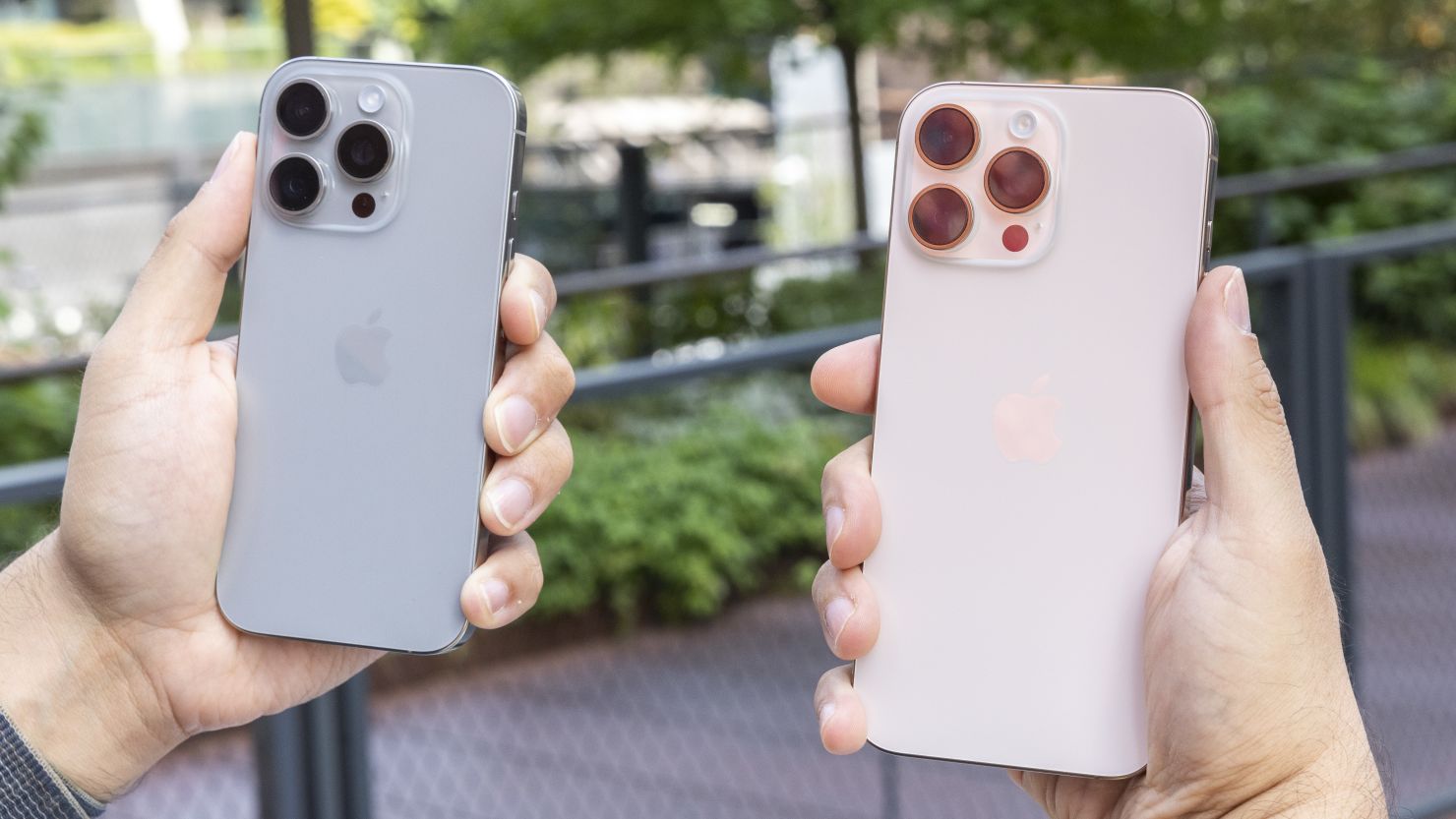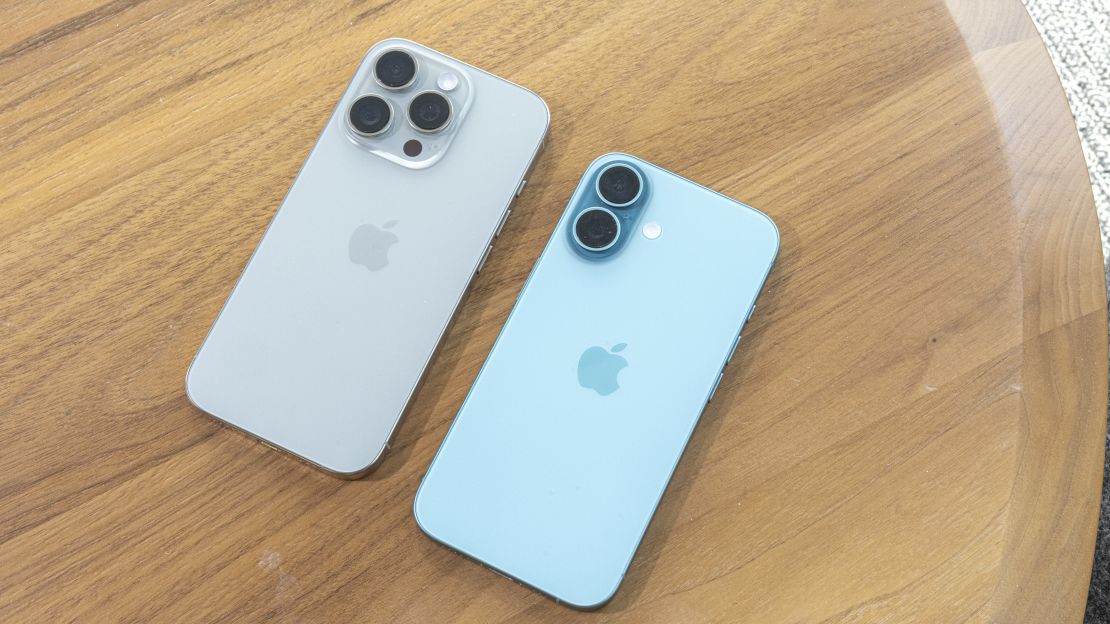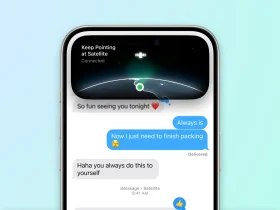Apple’s iPhone 16 Pro and Pro Max cameras have generated mixed reactions despite their central role in the latest model upgrades. Apple’s data shows iPhones are the most-used cameras globally, capturing around 3 trillion photos per year. Each new iPhone release, particularly the Pro models, includes significant camera advancements, usually saved for the climax of Apple’s announcements.
However, the cameras in the iPhone 16 Pro have not received as much enthusiasm as expected from both users and reviewers. Some criticisms stem from the initial software glitches that plagued the iPhone 16 Pro, which Apple later addressed with the iOS 18.1 update.
Two tech reviewers from ZDNET, Sabrina Ortiz and Jason Hiner, tested the iPhone 16 Pro and Pro Max cameras from different perspectives, providing insights into real-world usage. Ortiz, who upgraded from an iPhone 14, often uses her iPhone for social media, capturing portraits of people, pets, and food.
In contrast, Hiner, a long-time iPhone user who upgraded from the iPhone 15 Pro Max, takes a variety of photos, including landscapes, nature, and product shots, and frequently switches between an iPhone and a Sony Alpha mirrorless camera. Together, they bring varied experience in both casual and professional photography.
The iPhone 16 Pro’s new camera hardware and software features aim to address long-standing challenges in iPhone photography. The device introduces a “Camera Control” button, allowing users to adjust settings and trigger the camera with ease.

The 16 Pro also offers Photographic Styles, which enable users to customize colors and lighting to offset some limitations of Apple’s computational photography. These styles offer greater creative control, something Apple users have long requested to improve the natural look and feel of their images.
Other major upgrades in the iPhone 16 Pro cameras include a boost to the ultra-wide lens, which now features a 48-megapixel resolution, matching the main camera’s capabilities. For video enthusiasts, the 16 Pro supports 4K video recording at 120 frames per second, enhancing cinematic slow-motion captures.
The smaller Pro model now also includes a 5x optical zoom, a feature previously exclusive to the larger Pro Max model. These hardware improvements mark a shift towards more versatile and professional-grade photography features on iPhones.
In addition to these visual upgrades, Apple has revamped the audio capabilities of the iPhone 16 Pro for better video production. The new 4-microphone setup, an upgrade from last year’s three, delivers “studio-quality” audio, complemented by new audio-mixing settings.
These features allow users to adjust audio settings to achieve professional-sounding recordings, adding to the iPhone’s appeal as a versatile tool for both photography and videography. Altogether, Apple’s latest improvements suggest a continued focus on enhancing the iPhone as a professional multimedia device.







Leave a Reply